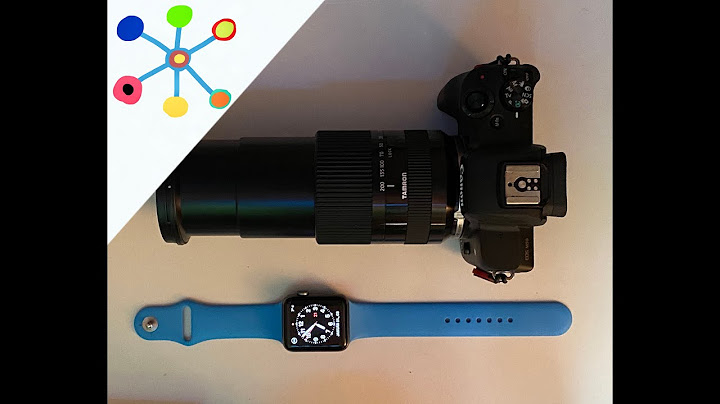The motherboard is based on the AMD 780G chipset (AMD 780G Northbridge and SB750 Southbridge). Chipset functionality is implemented completely. Additional controllers include:
We assessed the analog output quality of the integrated audio system in the 16 bit 44 kHz mode using RightMark Audio Analyzer 6.0.5 and the ESI Juli@ sound card. Frequency response (from 40 Hz to 15 kHz), dB +0.00, -0.01 Excellent Noise level, dB (A) -88.9 Good Dynamic range, dB (A) 88.9 Good THD, % 0.0065 Very good Harmonic distortion + noise, dB(A) -82.3 Good Intermodulation distortion + Noise, % 0.012 Very good Channel crosstalk, dB -92.7 Excellent IMD at 10 kHz, % 0.012 Very good General performance: very good. Fortunately, engineers did not install poor-quality IDT codecs here, which had been often used by ECS. Also note the S/PDIF Out jack on the rear panel. OverclockingTestbeds:
Benchmarks:
To assess performance we measure time required to archive a 297MB set of 277 files of various types and convert a 636MB MPEG2 video using XviD; we also measure frames per second in game demos run at 640x480, 800x600, 1024x768 and 1600x1200 (DOOM3 - built-in demo, FarCry - Regulator second run, Unreal Tournament 2004 - ONS_dria). Note that if a motherboard has no integrated graphics, performance tests are only used to check for serious layout or BIOS flaws and can be reduced to minimum. Vice versa, performance tests are indicative for motherboards with integrated graphics. And if a certain motherboard review lacks certain details, we might add respective test results to make up for it. To assess capabilities of a motherboard and its BIOS, we overclock test CPUs (which ones depends on board's market segment) to a stable maximum with the help of Zalman CNPS9700 cooler. At that we use all motherboard features, like CPU core voltage adjustments and, if needed, bus multiplier and clock adjustments. At that, if changing a certain option (e.g. reducing Hyper-Transport clock) doesn't improve overclocking, the multiplier is left default. For RAM we select a clock rate typical for this class of modules by adjusting its multiplier. The stability of an overclocked machine is assessed in Windows XP with the help of AMD OverDrive stability test (all tests are run for 5 minutes). Note that since overclocking potential somewhat varies from one board to another, we are not focused on finding board's exact overclocking potential accurate to 1MHz. We just try to find out if a board hampers in CPU overclocking (due to insufficient voltage stabilizer power, etc.) and see how it performs in atypical modes, including automatic BIOS recovery in cases of overclocking issues (not requiring CMOS reset) and such. BIOS overclocking settings Availability Notes (adjustment range) Memory timings + Memory frequency + HT bus frequency (multiplier) + CPU reference frequency + 200-355 MHz CPU multiplier - Available in AMD OverDrive CPU voltage + +20-300 mV Memory voltage + +20-300 mV Chipset voltage + +5-315 mV (for Northbridge) 1.20-1.35 V (for Southbridge) Integrated graphics core frequency + 150-2000 MHz (500 MHz by default) Adjustment range of CPU voltage and other parameters in BIOS depend on a given processor. We publish results for our Phenom X4 9550. We used BIOS 08/11/14 dated 19/11/2008. All necessary settings for moderate overclocking are present, although the reference frequency range may look small compared to impressive ranges in most other motherboards, even in budget ones. However, we all know that it's not this parameter that usually limits the overclocking potential, especially in inexpensive motherboards. Still, this range should have been expanded for a motherboard with such a powerful voltage regulator, at least symbolically. CPU Clock, MHz Reference clock (multiplier), MHz Core voltage (according to BIOS), V HT bus frequency (multiplier), MHz Notes Phenom X4 9550 (2.2 GHz) 2695 245 (x11) 1.28 1960 (x8) Increased reference clock Phenom X4 9850 Black Edition (2.5 GHz) 2875 230 (x12.5) 1.40 2070 (x9) Increased reference clock 2900 200 (x14.5) 1.50 2000 (x10) Increased multiplier (ACC OFF) 3100 200 (x15.5) 1.52 2030 (x10) Increased multiplier (ACC +2%) Not bad. This motherboard failed to become an overclocking leader among motherboards for Socket AM2+, of course. But you can see that ACC support places this motherboard in the middle of 790GX-based motherboards. This motherboard is apparently better than the A790GXM-A model with the same chipset. That's a nice surprise, which apparently has to do with the voltage regulator, more powerful than in all older motherboards from ECS. Performance and power savingIt's logical to stick to our comparison with the A790GXM-A. Test Int. graphics Discrete graphics ECS A790GXM-A ECS A780GM-A Ultra ECS A790GXM-A ECS A780GM-A Ultra Archiving with WinRAR, min:sec 1:38 1:40 1:37 1:38 MPEG4 (XviD) encoding, min:sec 4:44 4:47 4:42 4:43 Unreal Tournament 2004 (High@1024x768), fps 48.6 43.2 59.0 59.3 FarCry (High@1024x768), fps 72.6 57.4 135.1 133.8 FarCry (Highest@1600x1200), fps 33.2 25.9 134.5 133.4 DOOM III (High@1024x768), fps 47.8 38.7 162.3 163.7 DOOM III (Highest@1600x1200), fps 22.8 18.4 155.8 157.1 Our contenders perform on a par in tests that do not depend on the GPU speed. What concerns games, performance differences are dictated by different speed of GPUs in these chipsets. We've already seen it in previous tests. So results of this test do not come as a surprise. It's good, because all deviations from the familiar profile typical of this CPU+memory combo may indicate only some mistakes in BIOS. Power consumption (entire system unit)Now what about power efficiency? More powerful voltage regulators are often less efficient under low load. They let you save some power only under high load. Phenom X4 9550 (Cool'n'Quiet OFF) integrated graphics discrete graphics ECS A790GXM-A ECS A780GM-A Ultra ECS A790GXM-A ECS A780GM-A Ultra Text editing, W 45 40 72 71 Playing FarCry, W 77-98 81-93 108-137 100-129 Power efficiency apparently hasn't change even under low load. And it's even grown a little in the game with a graphics card installed. ConclusionsECS engineers really managed to improve the previous modification of the motherboard with AMD 780G. As there are just a few combinations of this Northbridge with SB750, this design is indeed very interesting. Note support for powerful processors, decent overclocking results (even compared to the model with 790GX from ECS), and a number of other useful features. But popularity of this motherboard will depend on its price, because 790GX-based models usually look more promising for active users, especially for overclockers (models from Foxconn, Gigabyte, and MSI). The motherboard provided by the manufacturer, ATI Radeon HD 3870 graphics card provided by PowerColor. |




















